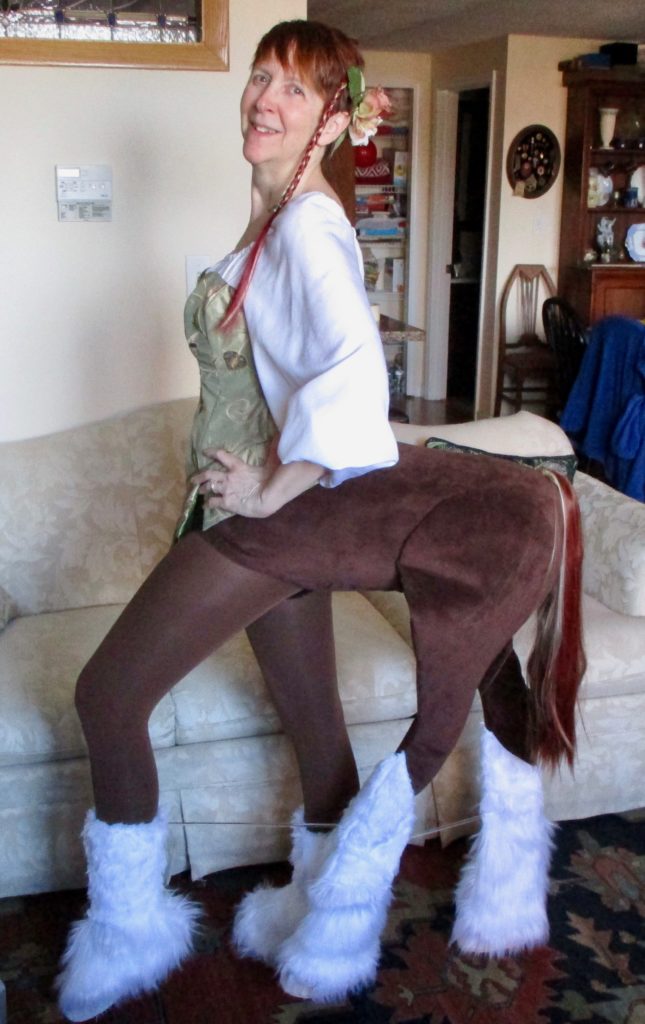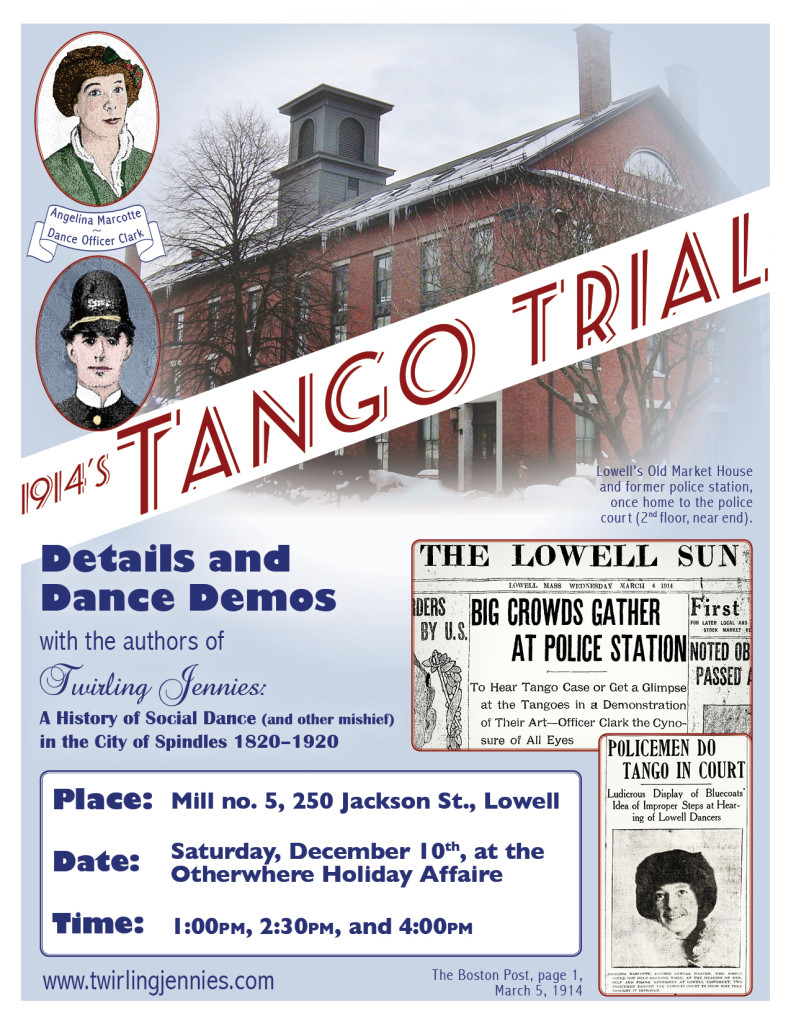When I started writing Twirling Jennies, one of the first chapters I tackled was the survey of downtown dance halls. I mean, gee, that should be nice and straightforward, a list of places people went dancing over the years, right? Hardly. That chapter kept growing until it became the longest in the book and covered 29 sites in only a few blocks of real estate. And even so, I tried to avoid delving too deeply into each hall’s history because I was writing a book about dancing, not buildings. Subsequent research for related projects has turned up minor errors in that chapter. For the accuracy-obsessed among us, including myself, here are the changes I’d be making in any future edition:
page 101: There was, it turns out, at least one dance in the Old Market Building. When the Lowell City Guards opened their office in the building in the mid-1800s, they held a dance in the Market House hall to celebrate.
page 101–102: Monsieurs Pushee and Gee, who invited the public to a dance in the new Appleton Block, were not connected with the Appleton Bank. They were dance teachers renting the hall in the building for their dancing school and were eager to show off their new space. And, while I’d still swear that the name of the band for this event looks like Pushes and Bends Cotillon Band in the old newspaper scans, it appears it was actually named after Monsieur Pushee and a musician named Alonzo Bond. Thus it would be Pushee and Bond’s Cotillon Band—but I still like the other name better!
page 103: In the c.1870 photo looking up Central Street, French’s Bakery and Ballroom were in the second building on the left, not the third. There is an extensive history of this building—and its connection with the Railroad Bank building on Merrimack Street—available at https://twirlingjennies.com/taleof2ballrooms/
page 104: The office for Hibbard’s Orchestra was not at the apex of the junction between Gorham and Central Streets; it was in the Harrington Building, one structure closer to Merrimack Street (the street’s multiple renumberings fooled me on this one). Whatever remains of the Harrington Building has been swallowed up by the current Eastern Bank building.
page 110: I shan’t go into the confusing history of Colonial Hall in detail here, but suffice it to say that the structure now known as the Pollard Building at the corner of Palmer and Middle Streets had two, or possibly three halls on its second floor around the turn of the last century. Two of the halls were Colonial and Middlesex, and the Foresters Club either had their own hall or shared Middlesex Hall and dubbed it Foresters Hall for their gatherings. These halls regularly held dances and were lost to fire in 1926. The building was rebuilt without the dance halls, and the upper floors were eventually removed at a later date.
page 116: The photo of the train depot that held Huntington Hall is from a souvenir book titled “Views of Lowell and Vicinity” published in 1905. But since the building burned in 1904 it’s safe to say the photo is earlier than that.



